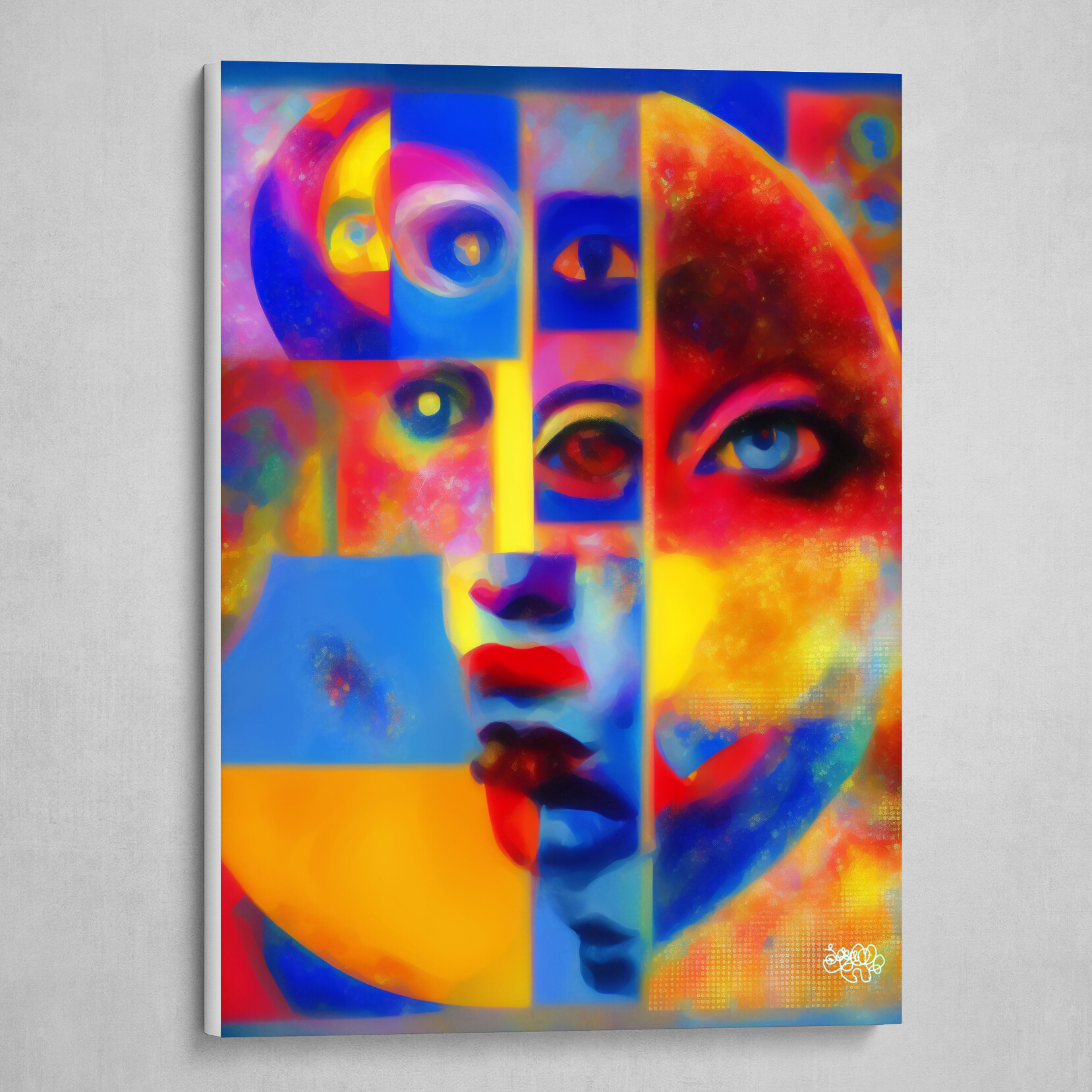Face in the Moon



In "Face in the Moon", I've explored the vibrant interface of unpredictability and discipline, strongly influenced by the iconic work of Francis Picabia. This piece takes shape through an technique I call 'hazing.'
Hazing is a process I use to construct an immensely complex prompt - a tangle of about 130 words deliberately designed to confuse the Stable Diffusion model. This puzzle, laced with invented words, opposing themes, mathematical formulas, and detailed rendering directives, forces the model to make unexpected decisions, introducing a dash of randomness into the artwork.
In this process, I also made heavy use of negative prompting. Usually, a negative prompt will act as a reverse reference, guiding the model to avoid certain aspects to sharpen the image. But here, it plays a more disruptive role, stirring up chaos rather than imposing order.
Once the hazing phase is complete, the artwork enters the 'inpainting' stage. This is where I manually adjust the composition, reintroducing a degree of control to balance out the wild randomness and align the artwork more closely with my vision.
Through the Stable Diffusion model - trained on a collection of my own artwork as well as historic Dada pieces by Hannah Hoch and Francis Picabia - "Face in the Moon" takes form. It's a vibrant explosion of color and form that stands proud without needing a final render.
"Face in the Moon" celebrates the unexpected beauty that springs from chaos, demonstrating the vast potential of AI as an artistic instrument. It represents a bold leap into the unknown, pushing boundaries and exploring the untamed, creative wilds. With its balance of random chance and controlled intent, this piece attempts to explore the artistic philosophy of Dada.
About ArtStation Canvas Prints
We know how important quality is for artists who want gallery-ready canvas prints. That’s why our canvases use premium materials and are professionally crafted to ensure we deliver beautiful, high quality artwork that is ready to hang.
- Printed on high-quality artist stock
- Professionally stretched and wrapped around wood fiberboard
- Artist-grade, OBA-free inks designed to withstand the test of time without fading
- Customizable edge wrap style
- Durable frames - 1.25" thick
- Hanging hooks included

